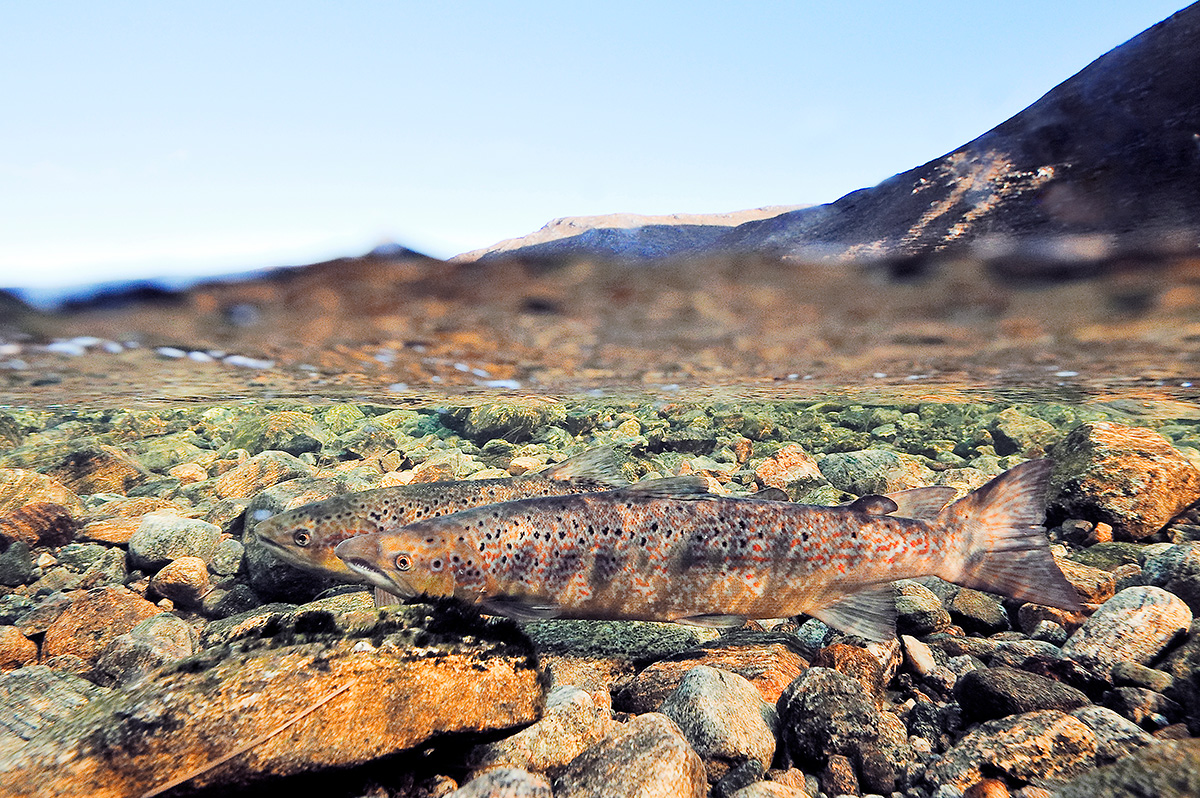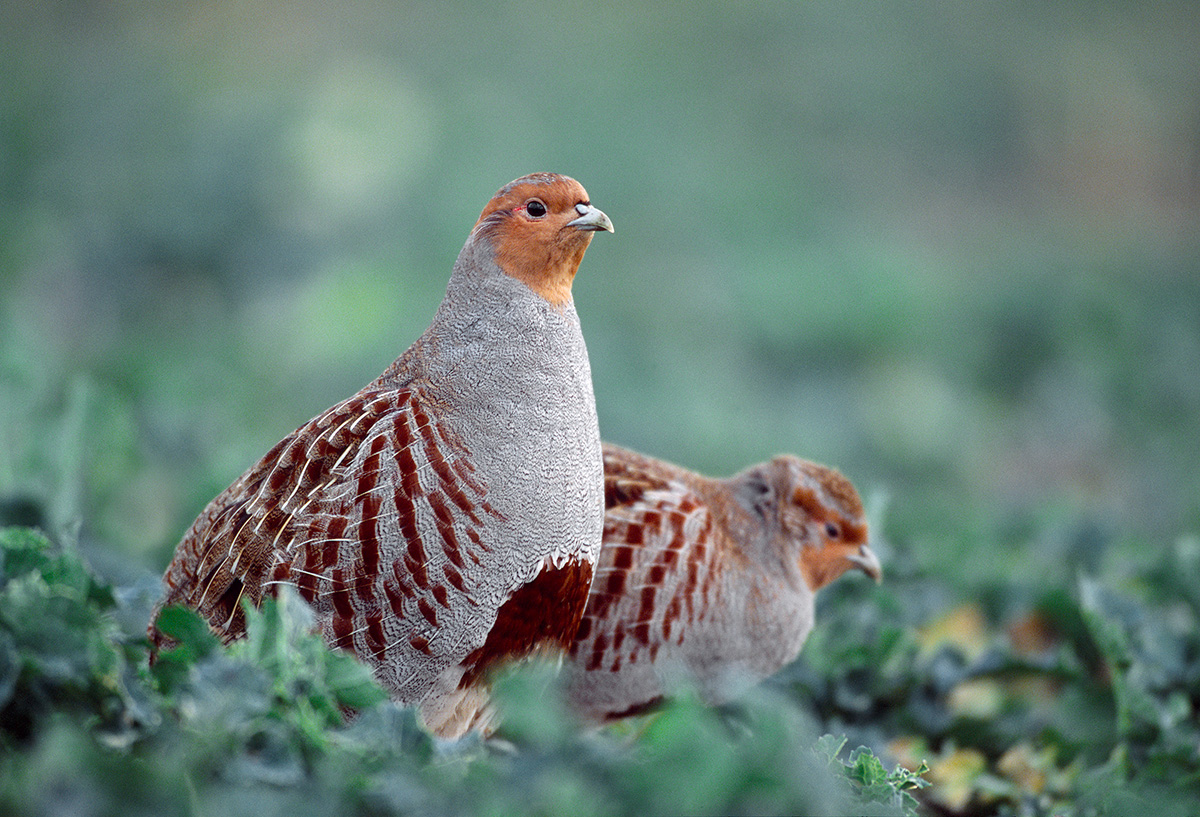Members of the Scottish Gamekeepers Association provide the competencies, experience and local knowledge, fundamental to delivering positive outcomes for nature. The pragmatic hands-on approach enables habitats and ecosystems to flourish and nurtures and secures our natural capital for future generations.

Creating wader scrapes. Image Credit: D. Ainslie
The Natural Capital Asset Index tracks the capacity of Scotland’s terrestrial ecosystems to provide benefits to people, based on changes in habitat extent and quality.
Rural practitioners provide an extensive toolkit ensuring that the indicators which inform the health of the six habitats included within Scotland’s Natural Capital Asset Index are favourable, contributing to a resilient economy highlighted within the National Performance Framework.
For example:
• Carefully managed muirburn promotes heather of mixed height and age, provides protection and food source for pollinators and endangered species and allows other species to thrive, species which are included on the UKBAP and Scottish biodiversity list, the BoCC red-list, the Upland Bird Index Indicator and the indicator for Adult red grouse density. Heather moorland is a globally rare and declining habitat for which Scotland is famous, skilfully managed by gamekeeper members of the SGA.

Mountain Hare Leveret. Image Credit: Laurie Campbell
• Through the control of non-native invasive species, eg Grey Squirrel, Himalayan balsam, Japanese knotweed, mitigating biodiversity loss.

Red Squirrel. Image Credit: Laurie Campbell
• Through sustainable and ethical deer management which contributes to regeneration and tree-planting targets, currently 12,000 hectares a year but rising to 18,000 hectares a year by 2024/25

Red Deer. Image Credit: Neil McIntyre
• Through the skill-set of river ghillies and managers who manage and monitor the health of habitat and its endangered species such as Atlantic salmon and freshwater pearls. Inland Surface Waters is a habitat recognised within Scotland’s Natural Capital Asset Index contributing towards the economy and National Performance indicators.

Atlantic Salmon. Image Credit: Laurie Campbell
• Applying correct protocol and licensing regulations, predator control, safeguarding vulnerable nesting birds (often red and amber listed), protected mountain hare, sheep at lambing time and vital food crops.

Lapwing Chick. Image Credit: Laurie Campbell
• Through extensive habitat management such as tree planting, pond creation, planting of game crops which attract farmland birds, also an indicator within Scotland’s Natural Capital Asset Index, providing wider benefits to biodiversity.

Grey Partridge. Image Credit: Laurie Campbell